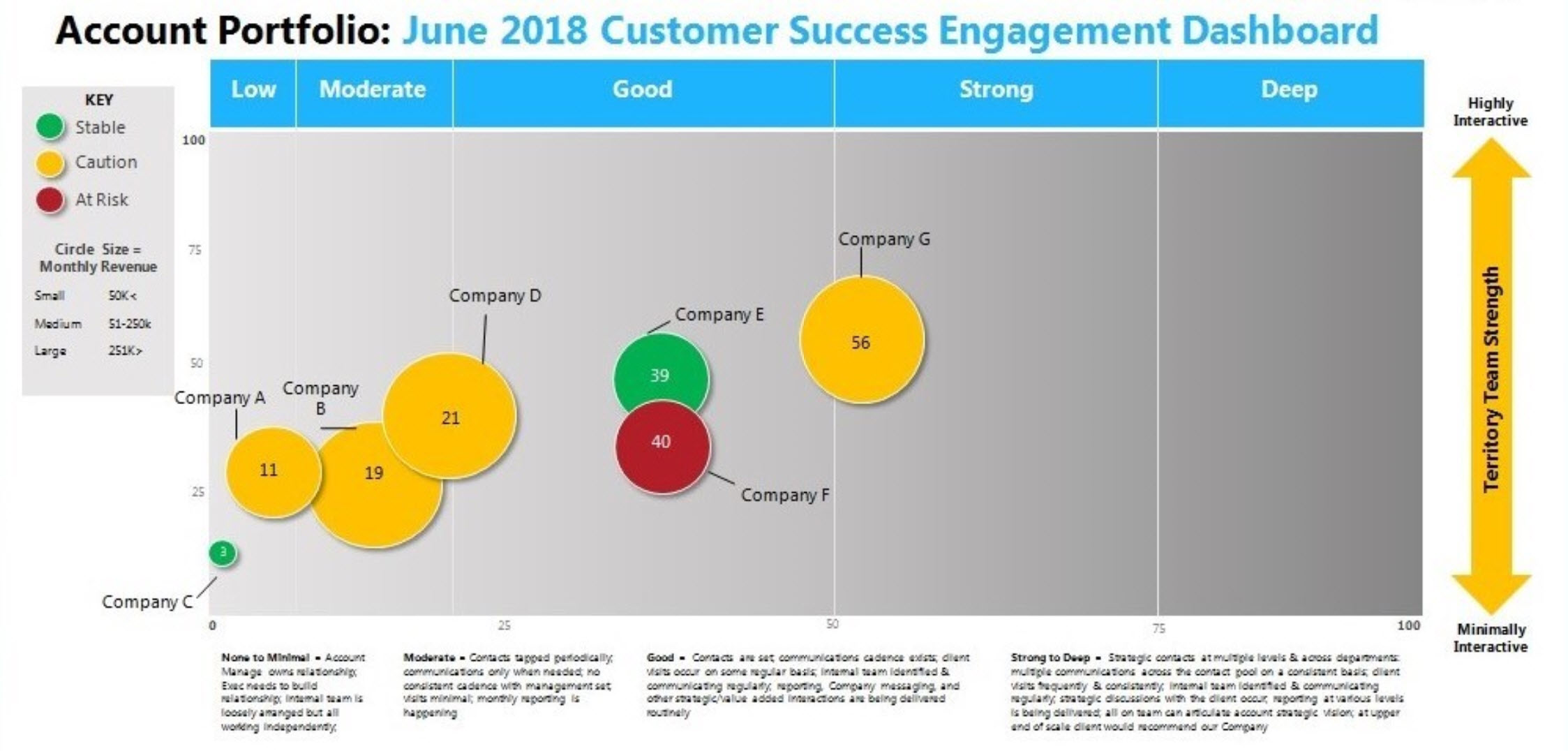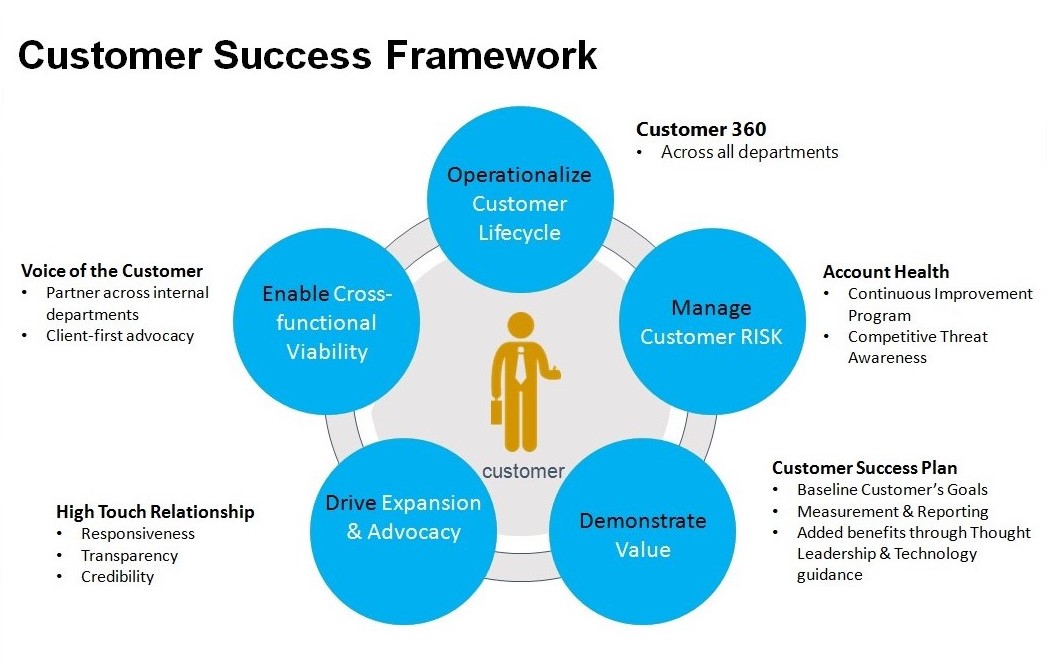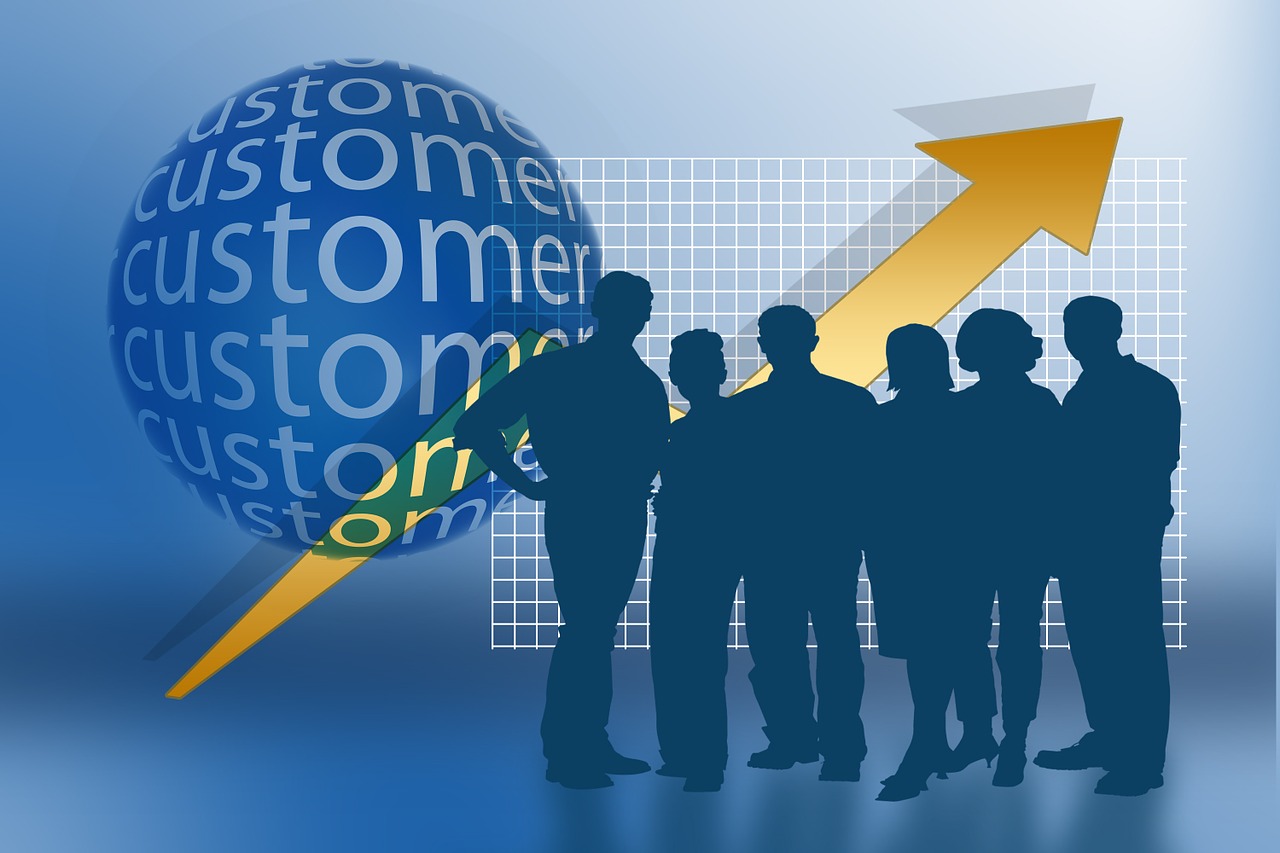In the first article of this two-part series, “Customer Success for the Win,” we explored the benefits of a Customer Success Program for both the customer and you. In this second installment, we touch on how to ensure the program is worth the cost to your business by exploring how to define expectations, outcomes, and a method by which you can measure those results.
The Customer Success team’s focus is to understand and document what priorities and directions are most critical to the customer and then to align the appropriate services you offer in such a way that the customer achieves the success they are after. This is all about relationship building, but has to include defined and measurable elements in order to track progress and show value of your team’s efforts.
It might seem counterintuitive, but creating a program that relies almost exclusively on how much your client trusts and likes you requires a formal process. Otherwise, you’ll never be able to definitively know if the program works. One might say that if the account is growing and your revenue is increasing, then your relationship is strong. Okay, that may seem to be the obvious answer, but that may falsely lull you into complacency, and not give you insight into underlying issues, competitive threats or unknown financial gullies. There is more to making a Customer Success Program work than looking at just the numbers.
When thinking through how best to turn “feelings” into something tangible you have to start with expected activities a way to measure their success, and then overlay a framework to define and communicate the value both internally and to your customers.
Here’s how to put guiderails around the Customer Success Program:
#1: A Playbook to Guide the Way
The first step is to create a playbook for the team. This is a defined set of expected activities. Some examples are: 1:1 interactions with the customer (from executive to worker-bee) or knowledge-share activities such as Thought Leadership Sessions on topics relevant to the customers that are also tied to your organization’s expertise. The playbook will also need to show the customer how your service or products provide the promised value; this could include activities such as: Monthly metric reviews, a quarterly executive business-focused progress report, or how you are ensuring continuous improvement between your company and your customer. Every touch point and every activity should be focused on something of worth to the client. Focus on the question: “Is the service or product delivering the value promised in the sales cycle,” and if your customer would say “Yes” to that statement.
#2 How Do You Measure This Thing?
The second step is measuring the engagement of your Success Executives. Once you have defined activities and quantified the expectation around how often the activities should occur (e.g. 1:1 monthly meeting with decision maker), you can assign numeric value to each activity. You’ll have to decide what your measurement periods are, for example weekly, monthly, etc. Then, get your team scoring themselves and aggregate the scores across your entire portfolio. A visualization of the Engagement Score for your executives is a great way to provide a tangible view into your team’s relationship strength. Below is an example of a scorecard [Fig.1] and the output of those scores on an Engagement Dashboard [Fig. 2]:

Fig. 1: Scoring

Fig. 2: Dashboard
#3 A Framework as the Guide
Finally, having an overarching framework for your program helps to create an understanding within your company of how each employee plays a part in delivering a truly engaging customer experience. The framework also gives your customer a clear view of how the Customer Success program is of benefit to them, as it puts a tangible structure around a discipline that can seem relatively nebulous. There are a number of frameworks available in the industry. One well-publicized model is Gainsight’s1, a leader in Customer Success Management systems. The “5 Pillars of Success”2 outlined in this framework are defined as: “Operationalizing the customer lifecycle; managing customer risk; demonstrating customer value; driving customer advocacy; and enabling cross-functional viability.” If you use Gainsight’s model or any other model, you’ll want to adapt it by modifying the framework to fit your company culture and your customer’s needs. Here’s an example of an adapted model:

Fig. 3: Adapted Model
So what does this mean in practice? Let’s translate the 5 pillars of the framework into 5 elements of a successful program:
Operationalize the Customer Lifecycle
The Customer Success team is responsible for creating a communication path that gets your internal departments in sync across disciplines. Each department must have awareness of how their function fits hand in glove with the next stage-gate, regardless of what department owns that process. For example, once the sale is closed the sales team should have understanding of the implementation plans. Conversely the implementation team should have line of sight from Sales as to what opportunities are coming down the pipeline. A weekly account scrum session is a great way to get everyone talking.
Manage Risk
There are two streams of risk you need to address: Risk for the customer and risk for you as the vendor. Risk for the customer is about understanding their financial and competitive threats in the market. The second stream is managing the risk around account health between you and the customer through a Continuous Improvement Program (CIP). The latter is foundational for your success program. Alongside of identifying areas of improvement, you need a transparent two-way discussion of the flaws uncovered and subsequent solutions agreed upon between you and your customer. This should be documented and tracked together. The Customer Success team is charged with creating this spirit of collaboration and, if done well, will ultimately foster your company’s credibility as a true partner, as well as give your customer a winning operational experience.
Demonstrate Value
This is the most critical element in the hub of the framework. If you cannot demonstrate your value to the customer, it won’t matter how much they “like” you. In the end, your relationship will fail. The Customer Success team needs to explore what value actually means to the customer early on; once value is defined, document the appropriate activities to drive it, and report against it consistently throughout the life of the relationship.
Drive Advocacy
Advocacy is not something you can make happen directly. Customer advocacy is given and owned entirely by the customer and it will only occur if the other spokes of the framework hub are in play and functioning at a high level. Achieving customer advocacy is the nirvana of delivering a successful Customer Success Program.
Culture
The Customer Success team’s overarching role is to create and nurture a culture of customer-first thinking. There is no step-by-step guide to make this happen; however, the Customer Success team should be a natural at understanding and leading your organization through this process. Each Customer Success Executive on your team should be a master of matrix management, a leader that facilitates collaboration, can create a vision of success that is focused on the customer, and be able to give your internal team energy to strive for operational excellence across your organization. “One-for-all-and-all-for one” should be the banner cry of this team.
As we uncovered in the first article in this series, “Customer Success for the Win,” a Customer Success Program is key for creating strong engagement with your customer and strong engagement leads to account longevity. The Customer Success team is the spiritual driver for ensuring a healthy, thriving, customer-value focused relationship across your customer portfolio. In today’s disruptive and transformational environment, having a Customer Success Program is the key differentiator you need to win!
Sources:
1 “Customer Success Software | Gainsight.” Customer Success Software | Gainsight, www.gainsight.com
2 “PulseCheck2016 How We Built a Consistent Value Framework across Sales…” LinkedIn SlideShare, 10 Aug. 2016, https://www.slideshare.net/GainsightHQ/pulsecheck2016-how-we-built-a-consistent-value-framework-across-sales-services-and-success
3 For another great resource on Customer Success see Lincoln Murphy’s article, “What Customer Success is Not.” https://sixteenventures.com/customer-success-is-not
About the Author:
Tag/s:Customer Experience





